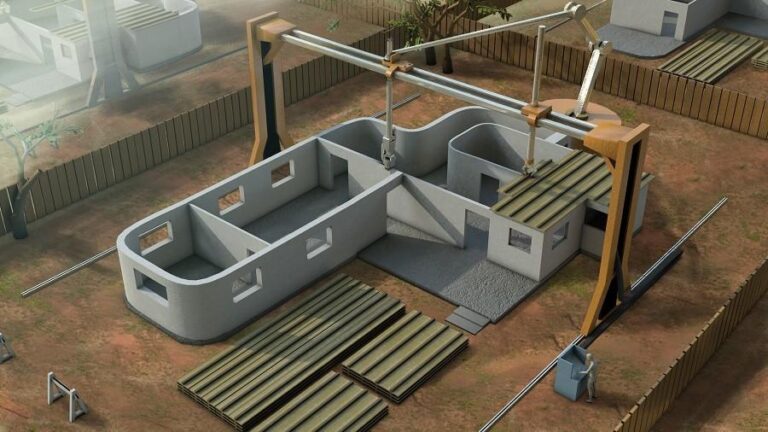Introduction to 3D-Printed Shelters
As conflicts rage on in various parts of the world, the humanitarian crisis deepens, leaving countless families homeless. In response to this urgent need, innovative solutions like 3D printing technology have emerged as a potential game-changer.
The Advantages of 3D Printing in Shelter Construction
Speed and Efficiency
3D-printed shelters can be constructed in a fraction of the time it takes for traditional building methods. This rapid construction is crucial in war-torn areas where every moment counts for displaced families seeking safety.
Cost-Effectiveness
Utilizing 3D printing technology significantly reduces material waste, resulting in lower overall costs. This cost-effectiveness allows organizations to maximize their resources and provide shelter to more people in need.
Durability and Sustainability
3D-printed materials are often stronger and more durable than conventional building materials. For nations recovering from war, employing sustainable practices in rebuilding efforts is essential for long-term resilience.
Case Studies of 3D-Printed Shelters in War Zones
Several pilot projects have successfully implemented 3D-printed shelters in conflict zones around the globe. These initiatives demonstrate the viability of this technology in addressing urgent humanitarian needs.
Impact on Displacement and Recovery
By offering quick and efficient housing solutions, 3D-printed shelters help stabilize communities affected by war. The transition from displacement to recovery can begin when individuals have a safe place to call home.
Looking Towards the Future
The potential of 3D printing in disaster-response efforts is limitless, especially in the context of rebuilding war-torn nations. For further insights into the transformative nature of 3D-printed shelters, visit this resource.
Conclusion
As we continue to seek innovative solutions to humanitarian crises, 3D-printed shelters stand out as a beacon of hope. They not only serve immediate needs but also pave the way for a brighter future for communities ravaged by war.

